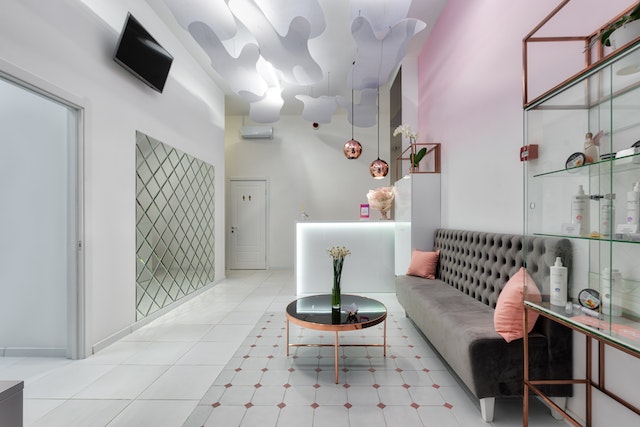Introduction
Hospitality is an industry that revolves around creating unforgettable experiences for guests. Lighting plays a pivotal role in achieving this objective, as it can set the mood, enhance aesthetics, and provide functionality. In this blog, we will explore the world of hospitality lighting, dissecting its importance and the key considerations for creating the perfect ambiance for guests.
I. The Importance of Hospitality Lighting
- Setting the Mood
- Lighting has a profound impact on the ambiance of a space. Soft, warm lighting can create a cozy and intimate atmosphere, while bright, cool lighting can foster a more energetic and vibrant environment. The choice of lighting can reflect the theme and purpose of the establishment.
- Aesthetic Enhancement
- Hospitality lighting can be used to highlight architectural features, artwork, and decor. Creative lighting design can make a space more visually appealing and complement the overall design concept.
- Functionality and Safety
- Proper lighting is essential for the functionality and safety of the establishment. Well-lit pathways, staircases, and work areas are crucial for both guests and staff.
II. Key Considerations for Hospitality Lighting
- Lighting Design
- Collaborating with lighting designers is crucial to achieve the desired atmosphere. They can create a lighting plan that includes the placement of fixtures, types of bulbs, and control systems.
- Energy Efficiency
- Hospitality establishments can benefit from energy-efficient lighting solutions, not only to reduce costs but also to demonstrate environmental responsibility. LED lighting is a popular choice due to its energy efficiency and long lifespan.
- Flexibility and Control
- Modern lighting systems offer dynamic control options. Dimmers, timers, and smart lighting can be used to adjust the lighting to different scenarios, such as daytime and nighttime settings.
- Lighting Fixtures
- The choice of lighting fixtures should align with the overall design concept. Chandeliers, sconces, pendant lights, and recessed lighting are just a few examples. The selection should be based on the aesthetics and functionality required for the space.
III. Specific Applications of Hospitality Lighting
- Hotel Rooms
- Guest rooms require a combination of ambient, task, and accent lighting. Bedside lamps, overhead fixtures, and well-placed reading lights should be incorporated for comfort and convenience.
- Restaurants
- The lighting in a restaurant should create a warm and inviting atmosphere. Chandeliers, wall sconces, and table lamps can be used to accentuate dining areas, while dimmable lighting allows for transitions from daytime to evening settings.
- Lobby and Reception
- The entrance and reception areas are the first points of contact for guests. Here, a welcoming and impressive lighting design can leave a lasting impression.
- Outdoor Spaces
- Outdoor lighting is equally vital. Illuminating walkways, gardens, and outdoor seating areas not only enhances safety but also extends the hospitality experience into the open air.
IV. Case Studies: Hospitality Lighting Done Right
- The Ritz-Carlton, Paris
- This luxury hotel exemplifies timeless elegance with its crystal chandeliers and soft, warm lighting, creating a truly enchanting atmosphere for guests.
- The Standard, High Line, New York
- Known for its trendy and modern design, The Standard uses innovative lighting concepts to transform its rooftop bar into an iconic nightlife destination.
